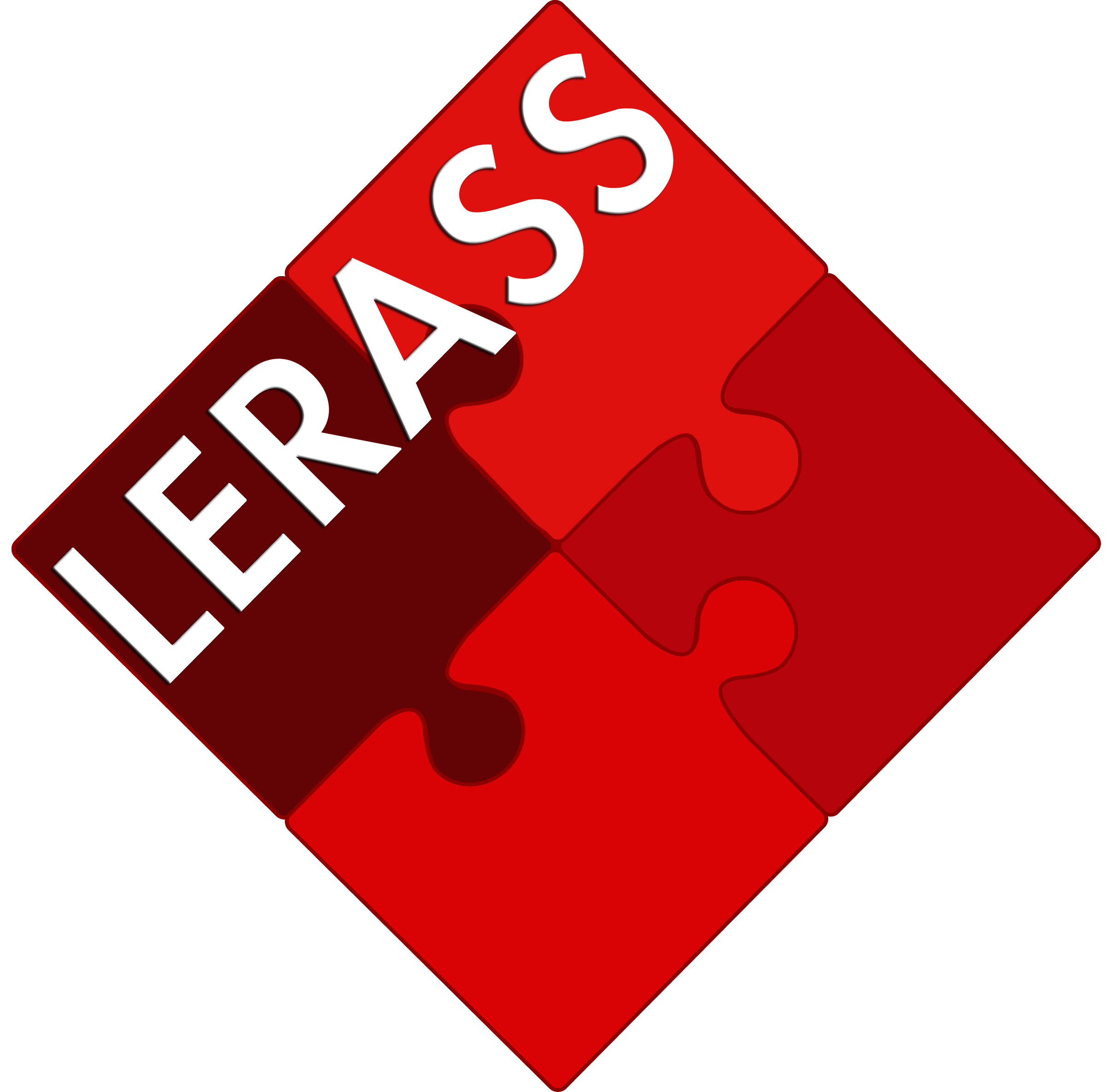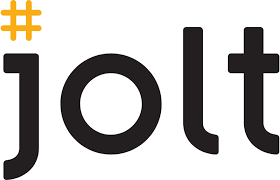WhatsAppening to the news
How news organizations are using WhatsApp to distribute news and engage audiences in Brazil
Authors: Giuliander Carpes (University of Toulouse III) and Enric Moreu (Dublin City University)
Online news consumption on mobile devices has surpassed desktop since 2016, and social media (especially Facebook) have played a significant role in the intensification of this behavior (Levy et al., 2016). In January 2018, however, Facebook started making radical changes to its algorithms in order to increase the importance of content posted by friends and family at the expense of news (Rashidian et al., 2019). As a result, news consumption has been increasingly migrating to other mobile tools, such as WhatsApp, which is the most used messaging application in Latin America and in most of the world. In Brazil, 83% of the population utilize it daily for different purposes and roughly 50% use it to get the news (Newman et al., 2020). In this scenario, more news organizations are attempting to use the platform to reach audiences.
We analyzed 18 media channels (half are groups and the other half are broadcast lists) maintained by 14 Brazilian media organizations on WhatsApp between November 9, 2020 and March 8, 2021 (120 days) to understand how this process is carried out on this messaging application. We collected 8,855 messages. First, we performed a computational content analysis with Python for identification of patterns in terms of frequencies, formats, lengths of messages, figures of speech, such as emojis, etc. Half of the channels analyzed were aimed at local audiences and they were responsible for sending the vast majority of the messages: 7,064 (79.8% of the total).
Complementarily, we selected a sample of 965 messages from a two-week period (January 11 to 24, 2021) inside the broader data set and human-coded them into topics, types of audience engagement requests and direct mention to the news organizations' business models based on previous studies on social media and chat apps (Boczek & Koppers, 2020;Moon & Hadley, 2014). Furthermore, we conducted semi-structured interviews with 20 editors from the organizations in order to understand the rationale behind their strategies for WhatsApp.
'News snacking'
Previous research has shown that mobile news consumers tend to squeeze the consumption of news in several intervals between or even during their activities along the day (Dimmick et al., 2011; Meijer & Kormelink, 2015; Struckmann & Karnowski, 2016; Van Damme et al., 2015; Westlund, 2015; Wolf & Schnauber, 2015). Boczek & Koppers (2020) called this behavior 'news snacking'. As a result, news sessions on smartphones tend to be shorter and more numerous than on other devices (Molyneux, 2018). We examined if news organizations in Brazil tended to take this habit into consideration when using WhatsApp to reach readers.
Frequencies
In general, the cases analyzed seem to seek a balance between ubiquity, which is considered a feature of mobile news consumption, and convenience, sending messages only at times that users, in theory, would be awake. Prime times for sending news are late afternoon, early evening and early morning and mostly on weekdays. Most news organizations from our sample avoid disturbing WhatsApp users before 7am and after 10pm and on weekends - days when readers supposedly have more free time for longer readings. Findings are similar to the ones from Boczek & Koppers (2020), who analyzed cases in Germany. Each Brazilian case, though, sends twice more messages on average per day (4.09) than a German one (1.96).
Formats
The formats of the messages vary significantly, but we can see a clear division between cases that prefer to aggregate several news items in one or just a few messages during the day; and others that prefer to send several messages along a 12 to 14-hour period. Note on figure 4 that usually the fewer messages an organization sent per day, the greater the number of links for several different news pieces that it provided.
Some organizations, especially local ones such as O Município (their main branch located in Brusque and the other one in Joinville, both in the Southern state of Santa Catarina), Tribuna do Paraná (Curitiba), Jornal do Comércio (Porto Alegre) and O Mirante (Joinville), opt for a distribution strategy that is very similar to that used in public social networks such as Facebook and Twitter: several submissions per day with just one link each. Gazeta do Povo, in its two channels (a national and a local one), also makes several dispatches a day with only one link each, but it tends to group all messages at the same time (usually at the end of the day, as we can see on figure 3).
Message length
Also the rarer the messages, the longer they tend to be: note the cases of Correio Sabiá (average of 1.1 messages/day) and Seu Panorama (1.6), two startups focused on curating news from several sources and sending content in a newsletter format mainly on WhatsApp. However, even the longest messages sent by these cases do not take more than five minutes to be read, confirming that news organizations do take into consideration, at least in part, the concept of 'news snacking' when developing the formats of their messages.
Multimedia
In a context where news consumers practice 'news snacking' and are used to interpersonal communication with memes, GIFs, stickers and emojis, sending multimedia content could be an alternative for news organizations to engage their audiences on WhatsApp. We realized, however, that only a small part of our sample uses formats other than text. Interestingly, some cases are experimenting with audios: Gazeta do Povo has a spoken version of its editorial content, Seu Panorama reads out a version of its newsletter and Matinal uses audios for an extended and more complete version of its content curation. UOL Tilt sends several cartoons from emerging Brazilian artists with themes related to technology, the subject they are specialized on, but not necessarily related to the news.
Emojis
Emojis, which are also very common in the language of mobile interpersonal communication (Lu et al., 2016), are a more popular format among news organizations. Unsurprisingly, we found that among the most popular emojis in our sample were those related to the coronavirus (the virus and the mask emojis) and the vaccine against covid-19 (the needle) - the most frequent theme found in all messages, as we will see below. However, we had to discard the most frequent emoji of our sample, the Ⓜ️ logo from O Município and O Município Joinville, that appeared in almost a quarter (1076) of all the messages from the two channels.
 419
419 356
356 334
334 230
230 228
228 204
204 190
190 175
175 166
166
Words analysis
We selected a few words related to the situation in Brazil to analyze their usage on the sample of messages. Also unsurprisingly, words like covid and coronavirus are amongst the most popular ones: they were used much more than, for example, the names of important figures on the national and international political scene, such as Brazilian President Jair Bolsonaro, American President Joe Biden and their predecessors Luiz Inacio Lula da Silva and Donald Trump.
Topic classification using machine learning
We used the SBERT machine learning model to compute dense vector representations for a subset of 5443 sentences in the dataset. SBERT extracts the high-level information of a sentence and represents it in a set of 768 numbers from -1 to 1. We transform the [5443, 768] matrix to [5443, 2] using t-distributed stochastic neighbor embeddings in order to represent each sentence in 2D. As in previous charts, each color represents a different WhatsApp channel. The 2D interactive representation of the messages isolates the topics in multiple clusters.
Deeper study on topics, engagement and strategic integration of WhatsApp to news organizations' business models
The next findings come from the analysis of the sample of 965 messages from a two-week period (January 11 to 24, 2021) that was human-coded into topics, types of audience engagement requests and direct mention to the news organizations' business models based on previous studies on social media and chat apps (Boczek & Koppers, 2020; Moon & Hadley, 2014).
Showing the influence of the covid-19 pandemic on our study, we noticed that health, present in almost 35% of all messages, was the most common topic in the content sent by the Brazilian news organizations on WhatsApp. It was followed by the related themes of politics (34.4%) and economy (19.1%). Also significant subjects in our sample were crime (14.1%), public service (11.6%), disasters (10.2%) and international (9.7%). It should be noted that national news outlets tended to privilege topics like politics, economy, international and science besides health, while local publishers were more focused on crime, disasters, public service and even weather and sports.
We found that only 121 messages (12.8% of the total) contained any type of call for engagement and only 14 of them (1.5% of the total) were solely focused at this purpose. Previous research has shown that journalists tend to select and edit content to post on social media and send on messaging applications without effectively making any larger change in the newsrooms' practices (Lasorsa, Lewis & Holton, 2012; Broersma & Graham, 2013; Ekdale et al., 2015; Boczek & Koppers, 2020). That is generally the case in Brazil: WhatsApp has been used more as a content distribution tool with the dissemination of links that direct users to their websites despite the tool's essence of interpersonal communication.
However, from 20 interviews we conducted with journalists from the 14 news organizations that compose our sample, we found that only a very small number of them actually have a team or (more frequently) a designated person dedicated to the management and moderation of the engagement with users: it is the case of GZH, Tribuna do Paraná, Gazeta do Povo and Aos Fatos. Some even have a different mobile number to receive and respond messages. Nevertheless, editors state that it is a demanding work and only the main messages are effectively answered; also the time between reception and response can be long (up to three days) - what generates frustration in editors unable to cope with the demand; and possibly in users too. That can be pointed to as one of the reasons why the most common calls for engagement were simple ones, such as the promotion of another channel from the outlet (e.g. their page on YouTube or Instagram) or calls to share content with friends and family inside the platform.
Some channels, such as Matinal, GZH, O Estado de S. Paulo, The Intercept Brasil, Aos Fatos, Correio Sabiá and UOL Economia+, stood out for frequently encouraging their audiences to perform at least one form of engagement with the news organization - even though they were mainly the same simple forms of engagement, such as sharing content and promoting other channels. It is worth mentioning that these cases are not usually among those that send several messages a day.
Recent studies suggest that news organizations are seeking to employ digital platforms in ways that privilege their own business models (Cornia et. al, 2018; Rashidian et al., 2019; Jenkins and Nielsen, 2020). In other words, they are using these tools not only to distribute content, but also to encourage users to become members or subscribers or even to display in-platform advertisements to them. Nonetheless, just a minority of the cases from our sample stand out on this front (O Estado de S. Paulo, Aos Fatos, Seu Panorama, Correio Sabiá, UOL Economia+), while most still seem to ignore this possibility, as we can see in the chart below.
Final remarks
- Previous studies that analyze how newsrooms are adapting to social media and messaging applications have shown that it's occurring primarily in the basic level of technological change (i.e. as new forms of content distribution) rather than on the higher levels of cultural or relational change (Bruns, 2012; Lasorsa, Lewis & Holton, 2012; Hermida, 2013; Ekdale et al., 2015; Boczek & Koppers, 2020). Though there are some shy exceptions, that seems to be the case of the adoption of WhatsApp by news organizations in Brazil. Low mention of calls to engage the user on messages sent by their channels and the rare mentions of dedicated teams or people to the demanding moderation of interactions on WhatsApp lead us to understand that adaptation on the level of relational change is still slow. Our interviews show, however, that at least part of the reason for this situation is attributed to a difficulty in integrating the platform to journalistic practices - its web version has limited features and the premium option is beyond the financial reach of the organizations, for example - and not so much by a perception that the participation of readers is negative for the work of producing and distributing news.
- The use of WhatsApp only in a limited time period, contradicting a theoretically more ubiquitous essence of mobile communication, is not without foundation. News organizations opt for this practice because they perceive that the app's notifications play an important role on effective news consumption, as we could see in the interviews. Notifications tend to be turned off or at least lose effectiveness when the user is not awake.
- Boczkowski and Mitchelstein (2013) demonstrated that there is usually a very significant gap between the type of content that the media deems important to report and the type of content that audiences would like to consume: while journalists tend to have a preference for public affairs (political, economic, business and international news), readers are more interested in non-public affairs (sports, weather, celebrity or crime news). Our research confirms that the content sent by news organisations on WhatsApp is mostly public affairs. More research is needed to understand if there is a news gap also on messaging applications though. Recent studies show that WhatsApp has been an important tool for the dissemination of (dis)information about politics and the mobilization of activists, especially in Brazil and Latin America (Evangelista & Bruno, 2019; Gil de Zuñiga, Ardèvol-Abreu & Casero-Ripollés, 2019; Valenzuela, Bachmann & Bargsted, 2019). In pandemic times, these kinds of subjects gain even more importance. Hence, the media's predilection for this type of content does not seem to be unjustified.
List of Whatsapp channels and interviewees
Sponsors





